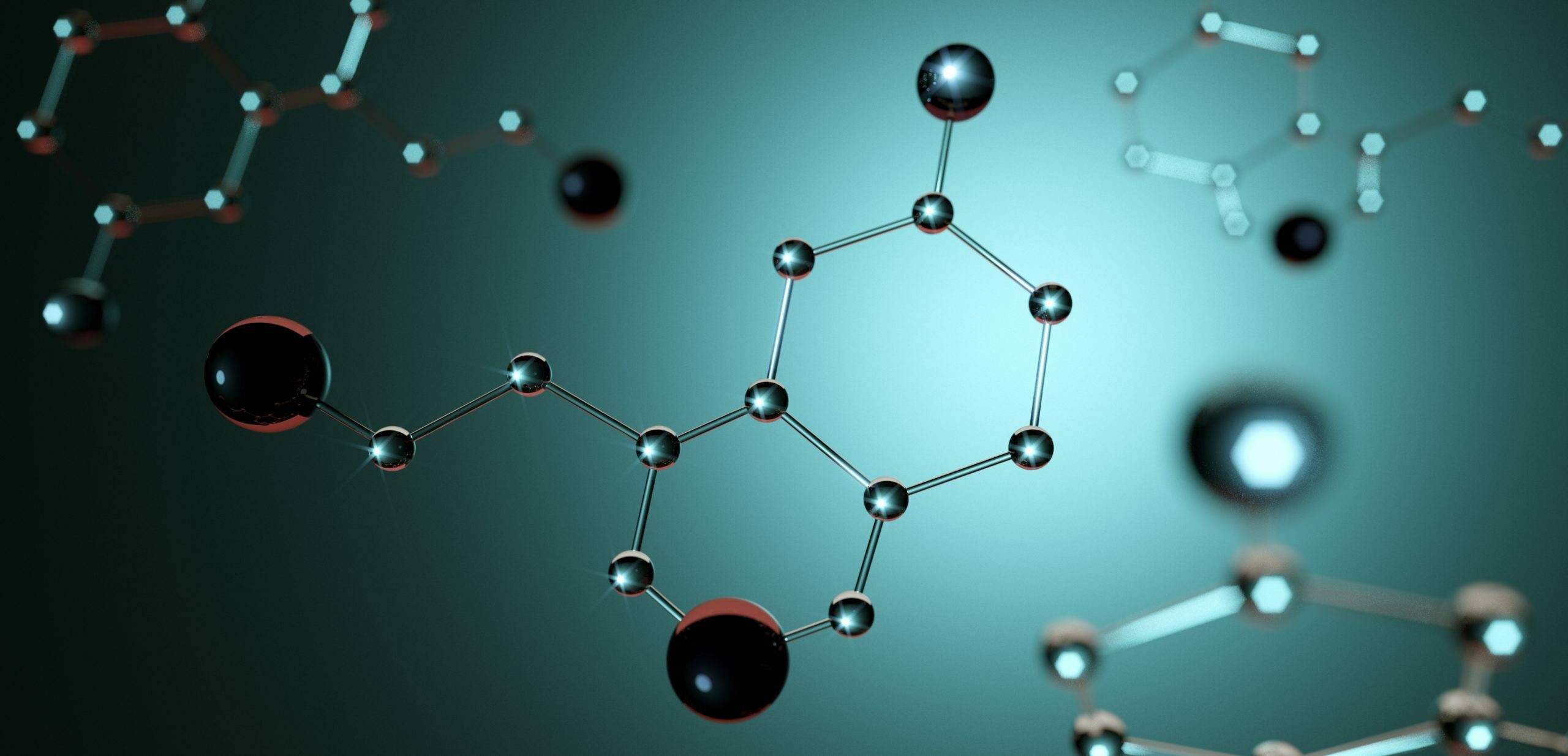NAD and NADH are two important molecules involved in metabolism, and understanding their roles and advantages can provide insight into how the body works. In this blog, we’ll explore the metabolic benefits of NAD and NADH and their different bodily functions. We’ll discuss the importance of these molecules and how their levels can be modified to better support metabolic processes. By the end of this blog, you’ll have a better understanding of the roles of NAD and NADH in metabolism and how they can be used to support health. Keep reading to learn more.
What are NADH and NAD?

NADH and NAD are critical molecules that play a key role in the body’s metabolic processes. They are naturally occurring compounds found in all cells and work together to help convert food into energy. NAD is an oxidized form of nicotinamide adenine dinucleotide, while NADH is its reduced version. Both of these molecules act as coenzymes, which assist enzymes with activating specific biochemical reactions within the cell’s metabolism. The significant benefit of supplementing with both NAD and NADH lies in their ability to help increase cellular energy production, improve mitochondrial function, support anti-aging pathways, promote healthy brain activity, and enhance overall health and well-being.
NAD helps facilitate many different types of enzymatic reactions throughout the body, such as glycolysis for ATP generation and fatty acid oxidation for lipid utilization. It also regulates numerous other functions like gene expression via epigenetics and DNA repair mechanisms. On the other hand, NADH works closely with various B vitamins, including thiamin (B1), riboflavin (B2), niacin (B3), pantothenic acid (B5), etc., which are essential players in energy production pathways. In the Krebs cycle or the electron transport chain, it reduces the power needed to produce ATP from glucose breakdown or oxidative phosphorylation.
What are the benefits of supplementing with NADH and NAD?
The main advantage of supplementing with either compound is that they both act as efficient energy providers within the body’s cells by allowing more efficient production of ATP from glucose molecules. This means that higher cellular energy levels can be achieved even when faced with lower amounts of available nutrients from food sources or environmental stressors. Additionally, research has shown that supplementing with either compound can also increase mitochondrial efficiency resulting in increased physical performance capabilities over time due to improved aerobic capacity.
Supplementation with either NADH or NAD can help boost ATP synthesis by providing additional electrons required for redox reaction. This improves cellular respiration efficiency, enhancing physical performance and mental alertness due to increased oxygen availability inside mitochondria. However, before taking any supplements, it’s essential to speak with your doctor.
What are the structures of NADH and NAD?

The structures of NAD and NADH are similar, with the most notable difference being the addition of a hydrogen atom to NAD. This addition allows NAD to act as a proton shuttle in cellular reactions.
NAD is a heterocyclic compound composed of a pyridine ring and a nicotinamide ring. The nicotinamide ring is responsible for the coenzyme’s ability to bind to proteins, while the pyridine ring is responsible for the coenzyme’s electron-transferring capabilities.
The structure of NADH is similar to that of NAD, with the addition of a hydrogen atom to the nicotinamide ring. This addition allows NADH to act as a proton shuttle in cellular reactions.
Overall, NADH and NAD offer a wide range of potential benefits for health and aging. These molecules are essential for energy production, DNA repair, and maintaining a healthy stress response. They also promote healthy mitochondrial function and protect against mitochondrial damage. By supporting these essential functions, NAD and NADH may help prevent various diseases and promote healthy aging.





